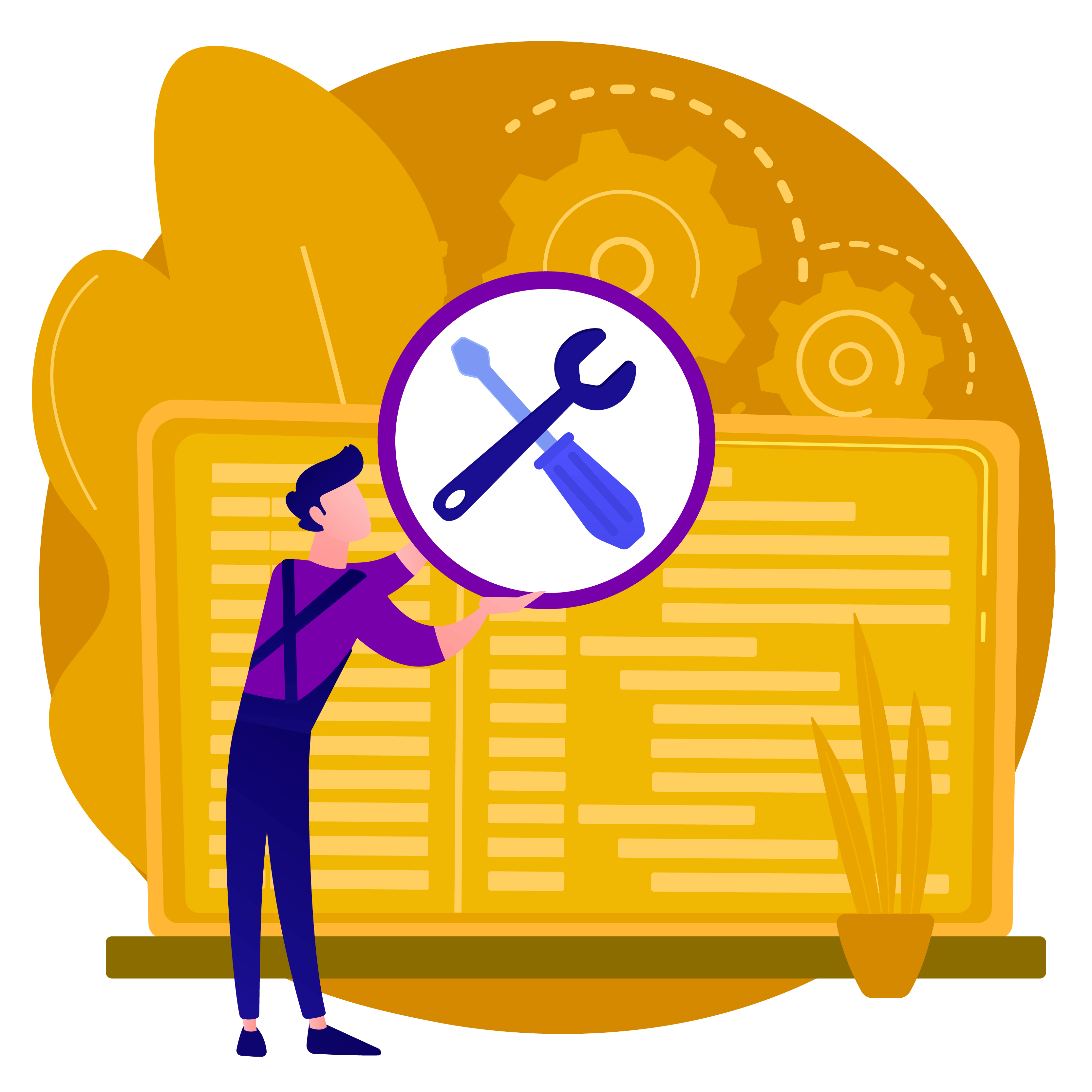Experience Level Agreements (XLAs): Redefining Service Beyond Traditional SLAs
You may have noticed a shift in the language and expectations around IT service management recently, with terms like Experience Level Agreements (XLAs) gaining traction. Unlike Service Level Agreements (SLAs), which have long been the backbone of IT performance measurement, XLAs focus on something a bit more nuanced but increasingly critical—the user experience. XLAs are best utilised alongside SLAs to ensure a more rounded approach at measuring service performance, a missing piece to the puzzle if you will.
If you’re a Service Level Manager, Service Delivery Manager or Service Desk Manager, it’s worth paying attention to this trend. XLAs represent a new way of thinking about IT service delivery, one that goes beyond simply meeting technical benchmarks and instead prioritises how users feel about the services they receive. In this article, we’ll explore what XLAs are, how they differ from SLAs, and what this means for your role.

What Exactly Are Experience Level Agreements (XLAs)?
Let’s start with the basics. Experience Level Agreements (XLAs) are designed to measure and enhance the quality of the user experience with IT services. While SLAs are all about meeting predefined technical targets—like response times, uptime, and resolution times—XLAs take a broader view, focusing on how users perceive and interact with these services.
Unlike SLAs, which are largely reactive, XLAs encourage a proactive approach to service management. The goal is to ensure that users not only get the support they need but also enjoy a seamless, stress-free experience throughout. XLA’s can be implemented across every touch point, from Service Desk, all the way through to 2nd and 3rd line support, and even as far as 3rd party suppliers, to ensure that the fully mapped user journey is evaluated for potentially problematic experiences.
So, why does this matter? Well, as organisations become more digitally dependant, the quality of IT services can have a direct impact on employee productivity, satisfaction, and even the overall success of the business. XLAs recognize that it’s not enough to simply fix problems quickly—you need to ensure that users feel valued and supported at every touchpoint. Note: it could be external customers with a contract with an embedded SLA)

The Difference Between SLAs and XLAs
Understanding the key differences between SLAs and XLAs is crucial for anyone working on a Service Desk, Support line or those who wants to stay ahead of the curve. While both SLAs and XLAs are important, they serve different purposes and require different approaches.
1. Focus: Technical Performance vs. User Experience
- SLAs: Traditionally, SLAs focus on operational metrics. They set clear targets for things like response times, resolution times, and system availability. The emphasis is on ensuring that IT services are reliable and efficient.
- XLAs:In contrast, XLAs prioritize the user experience. They focus on how users feel about the service they receive, whether it meets their needs effectively, and whether the process was smooth and stress-free. While technical performance is still important, XLAs aim to provide a more holistic view by considering the emotional and subjective aspects of the user experience.
2. Approach: Reactive vs. Proactive
- SLAs: SLAs are often reactive. They ensure that when something goes wrong, it’s fixed within a certain timeframe. The primary goal is to restore normal operation as quickly as possible.
- XLAs: XLAs take a more proactive approach. By continuously gathering user feedback and monitoring satisfaction levels, you can identify potential issues before they become major problems. This helps create a more seamless and positive experience for users, preventing frustrations before they arise.
3. Metrics: Standardised vs. Customised
- SLAs: SLAs tend to rely on standardised metrics that apply to all users. These metrics are often defined based on industry standards and technical requirements, with little room for customisation.
- XLAs: XLAs, on the other hand, can be tailored to the specific needs of different user groups. For instance, the experience requirements of a sales team might differ from those of a technical support team. XLAs allow you to customize your approach to ensure that each group receives a service that meets their unique needs.
Why XLAs Are Important for Enhancing User Experience
The rise of XLAs reflects a broader recognition that user experience is a critical component of IT service delivery. As organisations become more reliant on technology, the quality of the IT services provided can have a significant impact on overall business success.
1. Boosting Employee Productivity
A positive user experience can dramatically improve employee productivity. When users can easily access the help they need and are satisfied with the service they receive, they spend less time dealing with IT issues and more time focusing on their work. This is where XLAs come into play—they ensure that the service providernot only resolves issues quickly but also provides a smooth, hassle-free experience that keeps employees productive.
2. Increasing User Satisfaction
User satisfaction is closely tied to the quality of IT services. If users feel that their needs are being understood and that the service desk is genuinely invested in solving their problems, they are more likely to be satisfied with their overall IT experience. This satisfaction can lead to higher levels of user engagement and retention, both of which are crucial for the long-term success of any organisation.
3. Aligning IT with Business Goals
XLAs help align IT services with broader business objectives by focusing on outcomes that matter to the organisation. For example, by enhancing the user experience, IT can contribute to higher levels of customer satisfaction, improved brand reputation, and increased revenue. This alignment ensures that IT is not just a cost centre but a strategic partner in achieving business success.

Implementing XLAs In Your Role
As a professional working in Service Delivery, you are the frontline of IT service delivery, making you a critical player in the implementation and management of XLAs. Here’s what you need to know.
1. Understand Your Users
The first step in implementing XLAs is to get to know your users. Engage with them regularly, gather feedback, and analyse how they interact with IT services. By understanding their needs and expectations, you can tailor your approach to better meet their requirements.
2. Train Your Team
Shifting to an XLA-focused approach often requires a cultural change within your service desk team. Your team needs to be trained to focus on empathy, communication, and understanding the user’s perspective. This will ensure that they can provide a positive user experience and handle interactions in a way that leaves users feeling valued.
3. Monitor and Report on User Experience
To manage XLAs effectively, you need a robust system for monitoring and reporting on user experience metrics. This includes setting up tools to gather real-time feedback, tracking satisfaction scores, and analysing trends over time. Regular reporting will help you identify areas for improvement and ensure that your service desk is continuously optimizing the user experience.
4. Commit to Continuous Improvement
Finally, XLAs require a commitment to continuous improvement. Regularly review user feedback and satisfaction metrics to identify areas where your service can be enhanced. This might involve making changes to processes, introducing new tools, or providing additional training to your team. The goal is to ensure that your team is always evolving to meet the changing needs of your users.
Measuring Success with XLAs: The Metrics You Need
One of the challenges of implementing XLAs is figuring out how to measure success. While SLAs rely on clear, quantitative metrics, XLAs require a more nuanced approach that takes into account both quantitative and qualitative measures.
1. Net Promoter Score (NPS)
Net Promoter Score (NPS) is a popular metric that measures user loyalty and satisfaction. It asks users how likely they are to recommend the service to others, providing a clear indication of how well your service desk is meeting user needs. NPS is particularly useful for tracking overall trends in user satisfaction and identifying areas where improvements are needed.
2. Customer Satisfaction (CSAT) Scores
Customer Satisfaction (CSAT) scores provide a more direct measure of user satisfaction. After each interaction with the service desk, users are asked to rate their experience on a scale, typically from one to ten. These scores give you immediate feedback on how well your team is performing and highlight any issues that need to be addressed.
Conclusion: The Future of IT Service Delivery with XLAs

The introduction of Experience Level Agreements (XLAs) represents a significant shift in IT service management. By focusing on the user experience rather than just technical performance, XLAs offer a more holistic approach to service delivery—one that aligns IT services with broader business goals and enhances overall user satisfaction.
For Service Providers, this means adopting new strategies and approaches that prioritise the user experience. By understanding your users, training your team, and committing to continuous improvement, you can successfully implement XLAs and take your IT service delivery to the next level.
As the role of the Service Provider continues to evolve, embracing XLAs will be key to staying ahead of the curve and ensuring that your team is not just meeting, but exceeding user expectations.
The Challenges of Implementing XLAs: What to Watch Out For
As promising as XLAs are, implementing them isn’t without its challenges. Shifting from a traditional SLA model to an XLA approach requires more than just new metrics—it demands a change in mindset, culture, and processes.
One of the primary challenges is the need for continuous, real-time feedback. Unlike SLAs, which often rely on periodic reports and static metrics, XLAs require ongoing engagement with users to understand their experience in the moment. This can be resource-intensive and may require new tools and technologies to capture and analyse user sentiment effectively.
Another challenge is balancing the subjective nature of user experience with the need for objective, measurable outcomes. XLAs often involve qualitative data that can be harder to quantify, making it more difficult to set clear targets and benchmarks. Service Desk Managers need to develop new skills in interpreting and acting on this kind of feedback to ensure it translates into actionable improvements.
For example, an XLA might be set around the ease of access to IT support. Rather than simply measuring how quickly calls are answered (an SLA), the XLA could focus on user feedback about how easy it is to get the help they need. This might include surveying users on whether they found the self-service options intuitive or whether the service desk representative made the process smooth and stress-free. Success in this XLA would be indicated by high user satisfaction scores, showing that the support process not only meets technical requirements but also leaves users feeling positive about their experience.
Finally, there’s the challenge of change management. Implementing XLAs often requires significant adjustments to existing processes and can meet resistance from teams accustomed to working within the boundaries of SLAs. It’s crucial to involve your team early in the transition, providing the necessary training and support to help them adapt to this new way of working.
To Learn more have a look at our course page of get in touch today!


